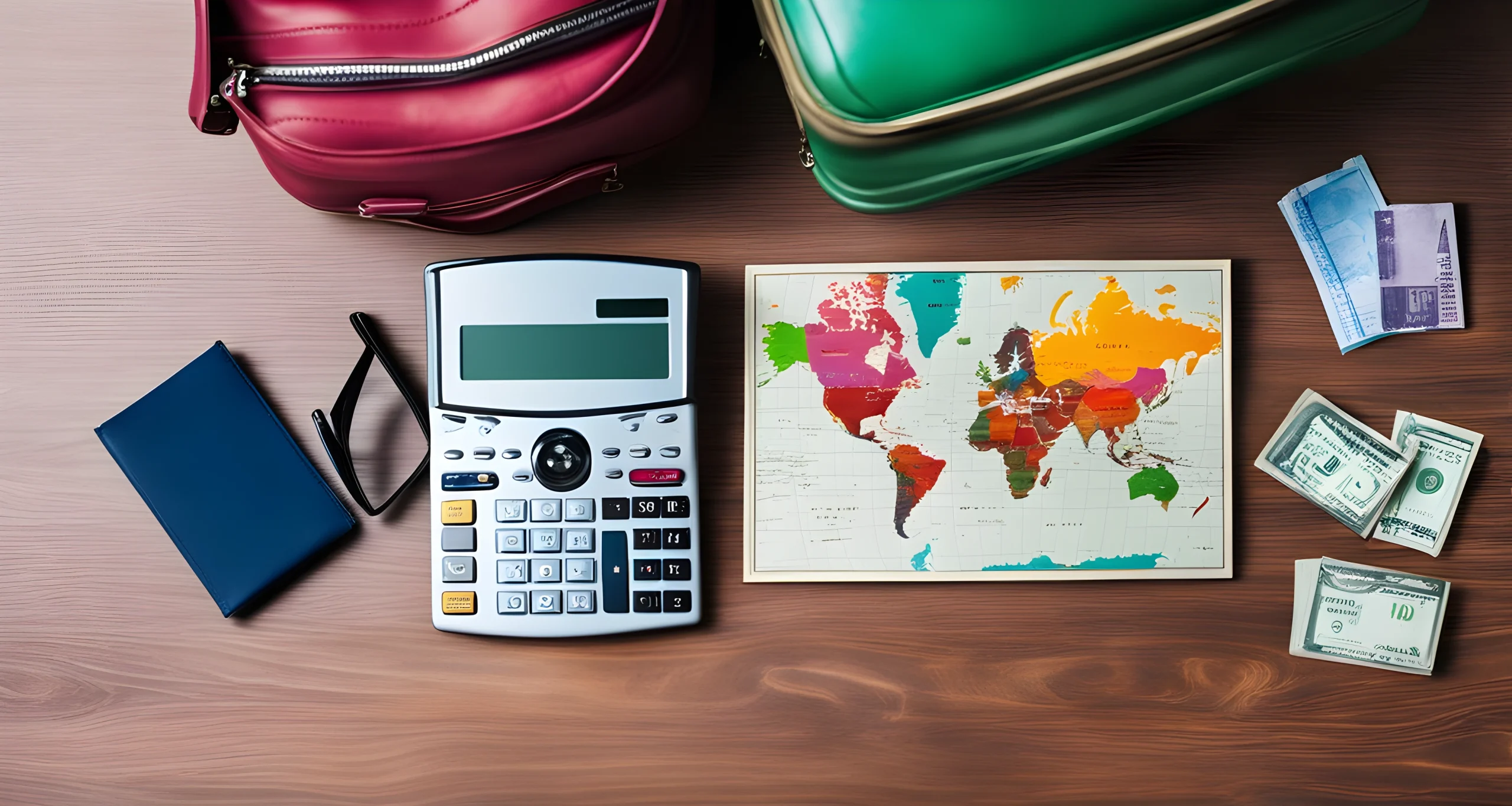Introduction
Planning a vacation can be an exciting time, but it can also be daunting when it comes to managing your finances. This is why creating a travel budget is crucial for a stress-free and enjoyable trip. By following some easy travel budget tips, you can ensure that you have a clear understanding of your expenses and avoid any unexpected financial stress during your trip.
Choosing Your Destination and Duration
The first step in creating a travel budget is to decide on your destination and the duration of your trip. This will help you estimate the overall costs, including transportation, accommodations, activities, meals, and other miscellaneous expenses.
Researching Average Costs
Once you have chosen your destination and duration, it’s important to research the average costs associated with your trip. This includes the cost of living in the area, the price of activities and attractions, as well as typical meal expenses. Use resources like Extended travel financial planning to gather information on average costs for your chosen destination.
Creating a Detailed Travel Budget Spreadsheet
After gathering information on average costs, the next step is to create a detailed travel budget spreadsheet. This will help you keep track of all expected expenses and ensure that you have a comprehensive overview of your financial plan for the trip.
Refining Your Budget with Expense Categories
Break down your budget into specific expense categories such as transportation, accommodations, activities, meals, and miscellaneous costs. By allocating specific amounts to each category, you can ensure that you have a clear understanding of where your money will be spent.
Budgeting by Item or Category
Decide whether you want to budget by item or category. Budgeting by item means assigning specific amounts to individual expenses, while budgeting by category involves setting an overall limit for each expense category.
Making Adjustments as Needed
Finally, be prepared to make adjustments to your budget as needed. Unexpected expenses may arise during your trip, so having some flexibility in your budget will help alleviate any potential financial stress.
By following these easy travel budget tips, you can ensure that you have a well-planned financial strategy for your upcoming trip.
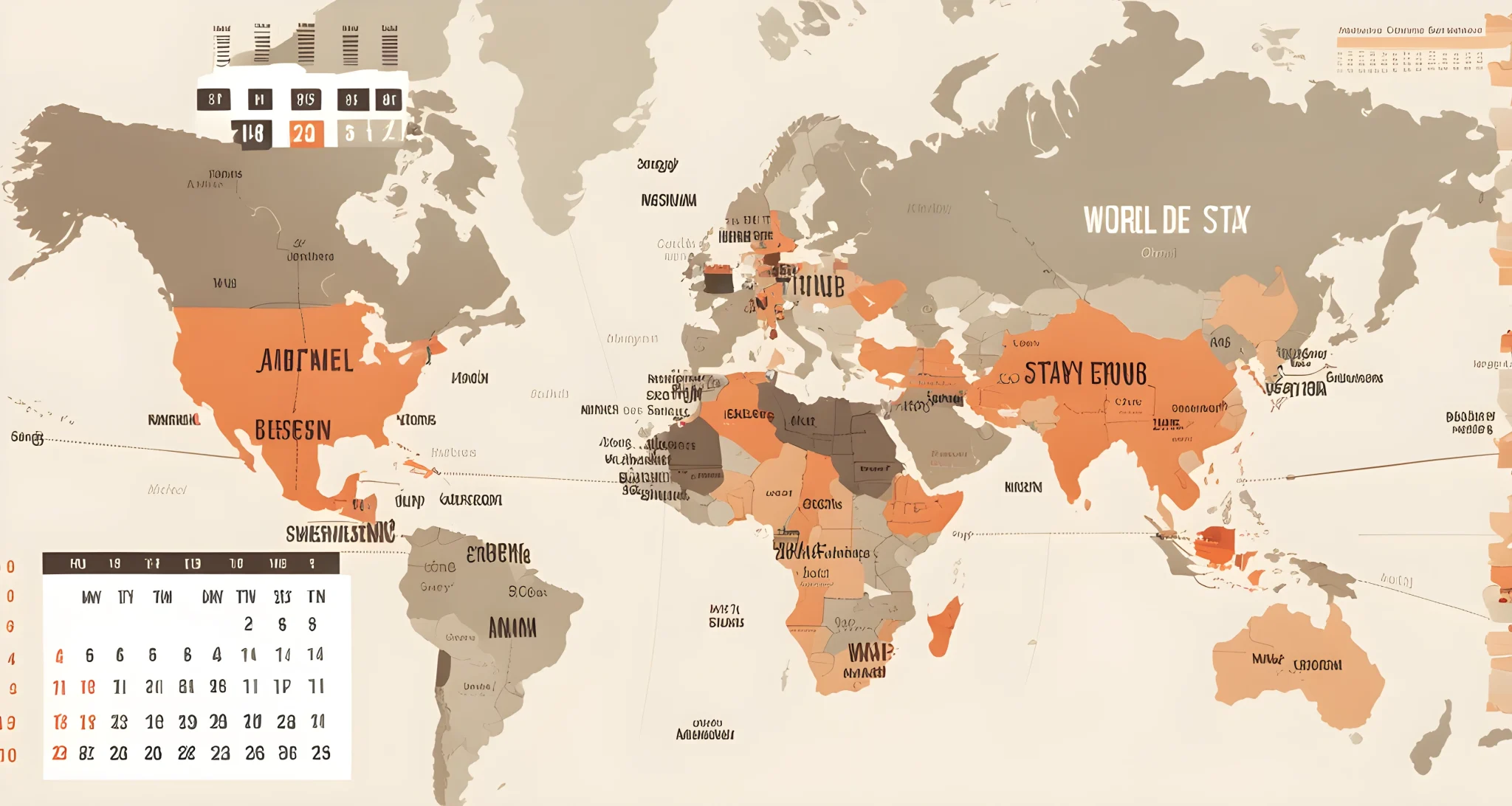
Choosing Your Destination and Duration
When it comes to planning your travel budget, one of the first decisions you’ll need to make is choosing your destination and duration. This is a crucial step that will have a significant impact on the overall cost of your trip. Here are some important factors to consider:
Researching Your Destination
- Start by researching potential destinations and their average costs. Some places may be more budget-friendly than others, so it’s important to gather as much information as possible before making a decision.
- Consider factors such as the cost of accommodations, food, transportation, and activities in each potential destination.
- Keep in mind that popular tourist destinations tend to be more expensive, so you may want to consider off-the-beaten-path locations for a more affordable trip.
Determining Your Duration
- The length of your trip will also play a significant role in your overall budget. Longer trips will naturally incur higher costs, while shorter trips may allow you to splurge on certain experiences.
- Take into account the cost of accommodations for each additional night, as well as the overall cost of living in your chosen destination for the duration of your stay.
Additional Section Info:
When creating your budget, it is also important to consider additional fees that may not be immediately apparent. These can include charges for parking, luggage, and other services. Additionally, you should factor in tips for services like guided tours and restaurant meals, as these can add up quickly.
By carefully considering your destination and duration, along with these additional factors, you’ll be better equipped to create a realistic travel budget that allows for an enjoyable experience without breaking the bank.
For more tips on solo travel budget essentials, check out Solo travel budget essentials for an ultimate guide on planning a budget-friendly solo adventure.

Researching Average Costs
When planning your travel budget, it’s important to research average costs for the specific destination and duration of your trip. Here are some tips to help you with this crucial step:
-
Use Online Resources: Websites like TripAdvisor, Lonely Planet, and Nomad List offer valuable insights into average costs for accommodation, meals, transportation, and activities in various locations around the world.
-
Check Travel Blogs: Many travel bloggers share detailed breakdowns of their expenses for different destinations, giving you a realistic idea of what to expect in terms of costs.
-
Consult Local Guides: If you have contacts or friends in the location you plan to visit, ask them for advice on average costs. They can provide valuable insider information that may not be readily available online.
-
Consider Seasonal Variations: Keep in mind that average costs can fluctuate based on the time of year you plan to travel. Researching seasonal variations will help you budget accordingly.
-
Factor in Currency Exchange Rates: If you’re traveling internationally, be sure to consider exchange rates when researching average costs. Fluctuations in currency value can have a significant impact on your budget.
By thoroughly researching average costs for your travel destination, you’ll be better equipped to create an accurate budget that aligns with your financial resources. Additionally, this information will help you make informed decisions about where to allocate your funds during your trip.
For those looking to save money while traveling, consider DIY Travel Meals as a cost-effective option for dining without breaking the bank.
Tracking average costs is just one piece of the puzzle when it comes to planning a travel budget. The next step involves creating a detailed spreadsheet to organize your expenses and ensure that you stay within your financial limits.
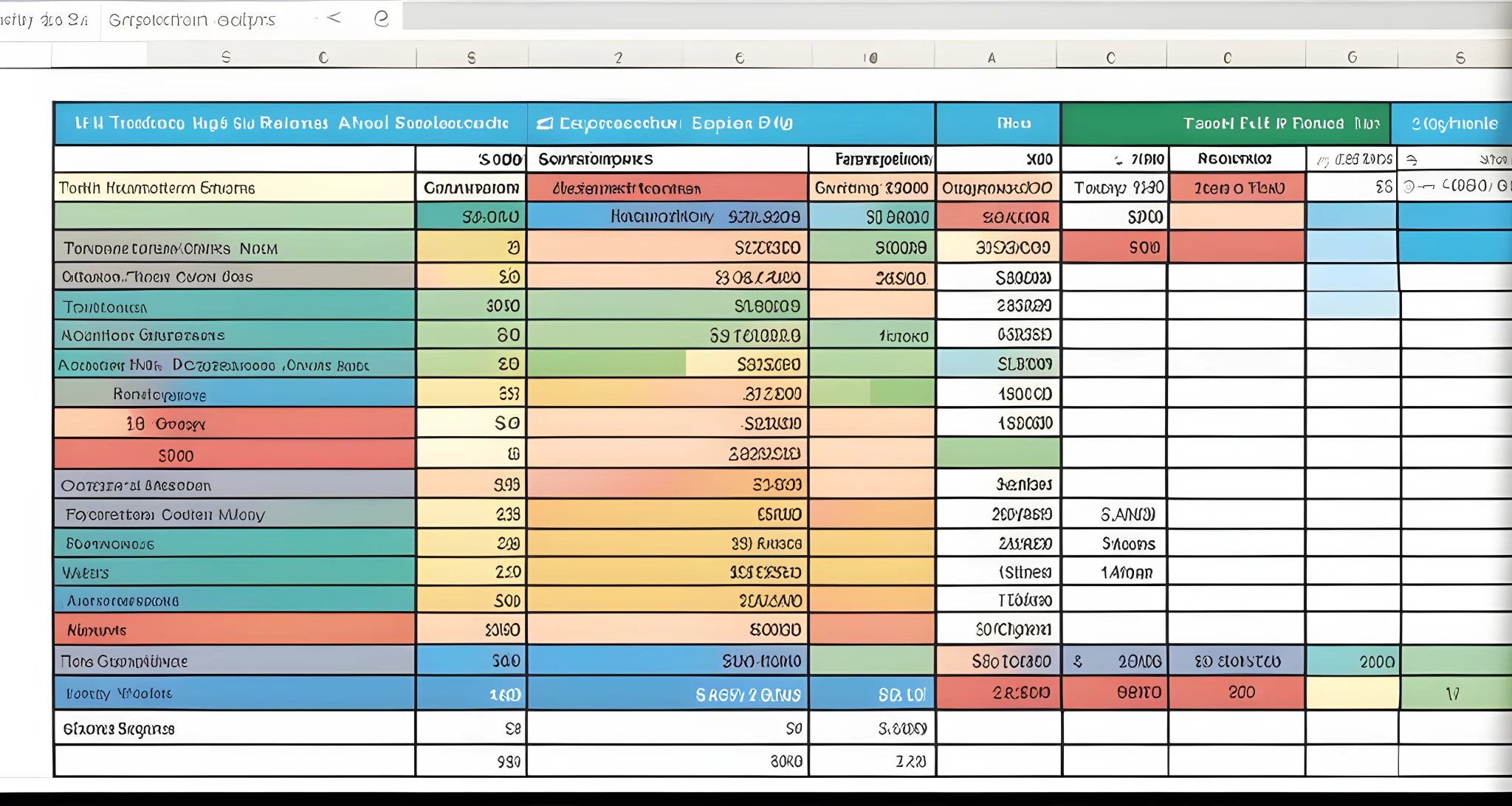
Creating a Detailed Travel Budget Spreadsheet
When it comes to planning your travel budget, creating a detailed spreadsheet can be incredibly helpful in keeping track of your expenses. By organizing your costs in a systematic way, you can ensure that you are accounting for all potential expenditures. Here are some tips to help you create an effective travel budget spreadsheet:
-
Destination and Duration: Start by deciding on your destination and the duration of your trip. As mentioned in the previous section, these factors play a significant role in determining your overall budget. You can use a spreadsheet to compare costs for different locations and adjust your budget accordingly.
-
Researching Average Costs: Utilize online resources and travel guides to research the average costs associated with your chosen destination. Websites like Family travel cost cutting provide valuable tips for saving money on family travel, which can help you estimate expenses more accurately.
-
Expense Categories: When creating your budget spreadsheet, it’s important to categorize your expenses. Common categories include transportation, accommodation, food, activities, and miscellaneous costs. By breaking down your budget into specific categories, you can identify areas where you may need to cut back or allocate more funds.
-
Budgeting by Item or Category: Decide whether you want to budget for each individual item (such as meals, attractions, etc.) or allocate a set amount for each category. Both methods have their advantages, so choose the one that best suits your personal preferences and travel style.
By following these tips and using a detailed travel budget spreadsheet, you can effectively plan for your trip and manage your finances more efficiently. With careful planning and organization, you can enjoy your travels without worrying about overspending or unexpected costs.
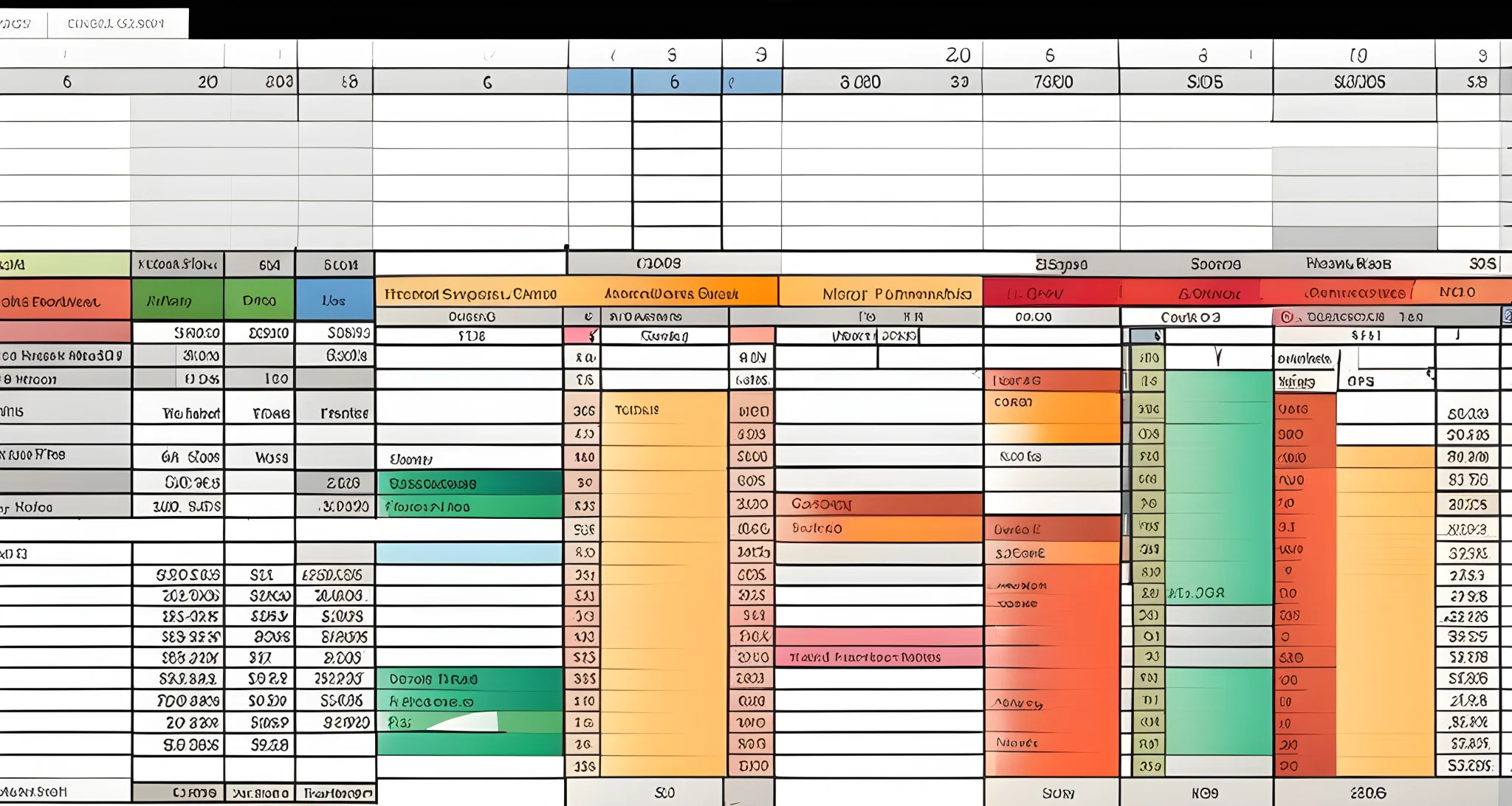
Refining Your Budget with Expense Categories
Now that you have researched the average costs associated with your upcoming trip, it’s time to refine your budget with expense categories. This step will help you break down your overall budget into more specific and manageable segments, ensuring that you have a clear understanding of where your money will be allocated. Here are some tips to help you refine your budget with expense categories:
Categorize Your Expenses
- Transportation: Include costs for flights, train or bus tickets, rental cars, and any other transportation needs.
- Accommodations: Factor in the cost of hotels, hostels, or vacation rentals. You can also consider Affordable stay tricks such as house sitting or couch surfing to save on accommodations.
- Activities: Budget for sightseeing tours, museum admissions, adventure activities, and entertainment expenses.
- Food and Dining: Allocate funds for meals at restaurants, groceries, and snacks while on the go.
- Miscellaneous: Set aside a portion of your budget for unexpected expenses or souvenirs.
Allocate Funds According to Priority
- Prioritize your expense categories based on what matters most to you. If exploring local cuisine is a top priority, allocate more funds to the food and dining category. If you’re more interested in experiencing adventure activities, shift more of your budget towards that category.
Keep Track of Your Spending
- Once you’ve set specific budget numbers for each expense category, make sure to track your actual spending as you go. This will help you stay within budget and identify any areas where you may need to adjust accordingly.
Be Open to Adjustments
- It’s important to be flexible with your budget and make adjustments as needed. If you overspend in one category, consider reallocating funds from another category to balance it out.
By refining your budget with expense categories, you’ll have a clear roadmap for how to allocate your funds throughout your trip. This will help you stay organized and avoid any financial surprises along the way.
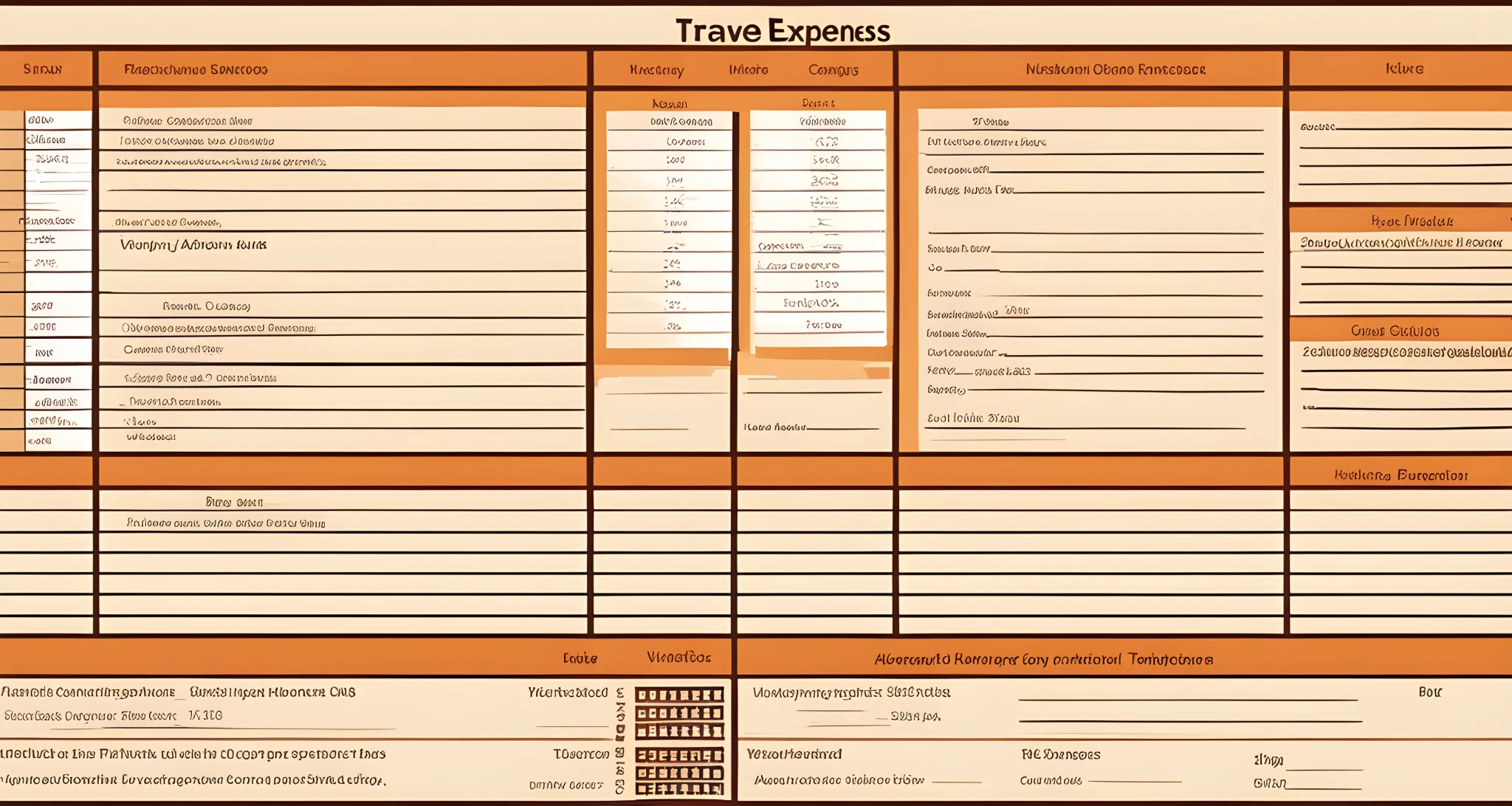
Budgeting by Item or Category
When creating your detailed travel budget spreadsheet, it’s important to consider how you want to track your expenses. Budgeting by item or category can help you keep a close eye on where your money is going and ensure that you stay within your budget.
Here are some tips for budgeting by item or category:
-
Itemized Expenses: Consider listing each individual expense in your spreadsheet, such as accommodation, transportation, meals, activities, and miscellaneous items. This can give you a clear picture of how much you’re spending on each specific aspect of your trip.
-
Category Breakdown: Alternatively, you can group your expenses into broader categories to simplify the tracking process. For example, you could have categories for lodging, food, transportation, entertainment, and shopping. This approach can make it easier to see the overall breakdown of your expenses.
-
Flexibility: Budgeting by item or category allows for flexibility in your spending. If you find that you’re overspending in one category, you can easily adjust other areas of your budget to compensate. This level of detail can help prevent unexpected financial stress during your travels.
-
Comparison: By tracking expenses by item or category, you can compare your actual spending to your initial estimates. This can help you identify areas where you may have underestimated costs and make adjustments for future trips.
-
Expense Tracking Tools: Consider using apps or online tools to track your expenses by item or category. These tools can help streamline the process and provide real-time updates on your spending.
Budgeting by item or category is a practical way to gain insight into your travel expenses and maintain control over your budget. By staying organized and proactive in tracking your spending, you can make informed decisions to ensure that your trip stays within budget.
For more helpful tips on budgeting and travel planning, check out Thrifty travel tips for additional insights.
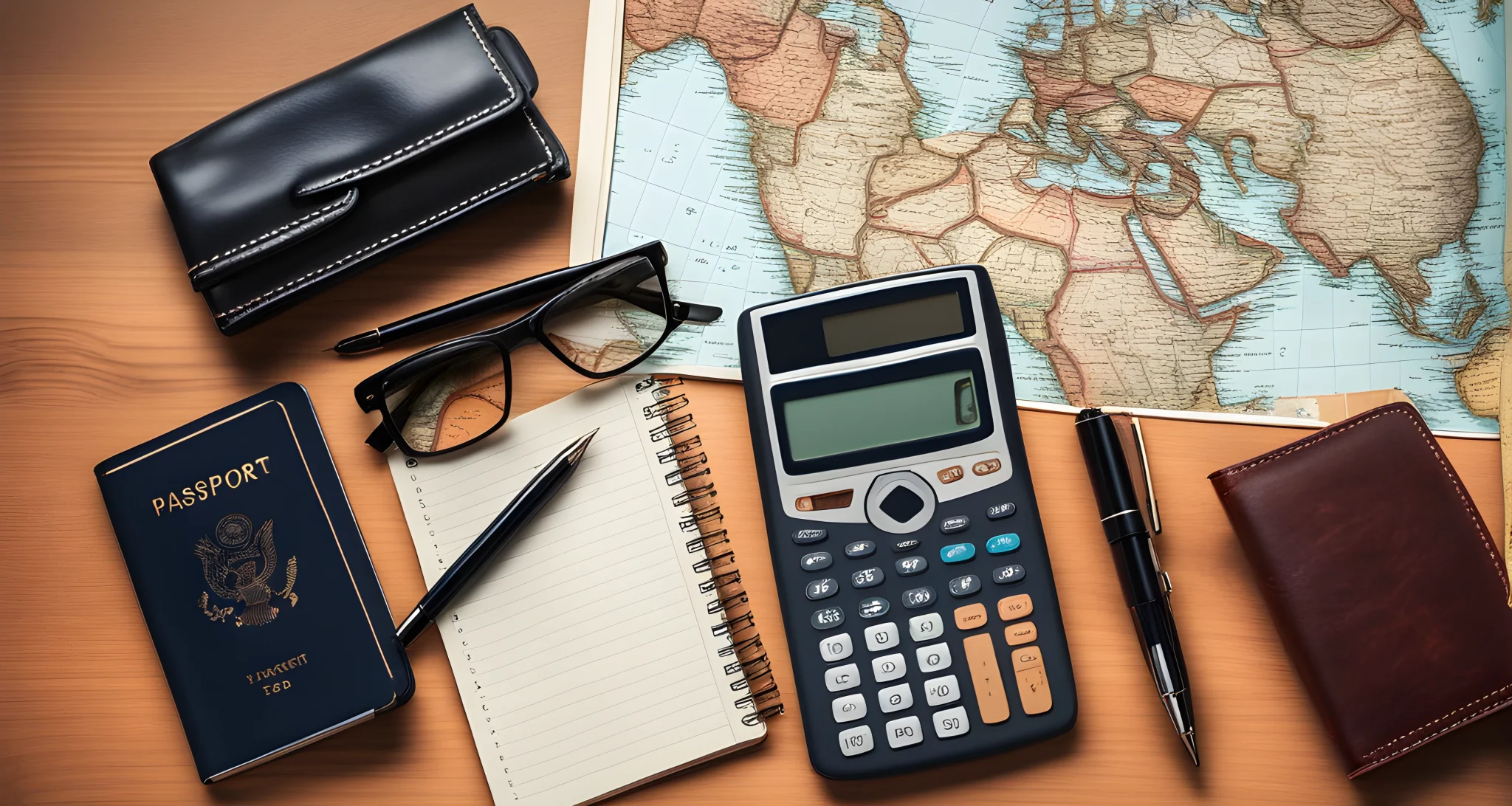
Making Adjustments as Needed
Once you have created a detailed travel budget spreadsheet and refined it with expense categories, it’s important to be flexible and make adjustments as needed throughout your trip. Here are some tips for making adjustments to your budget:
-
Track Your Expenses: Keep track of your expenses as you travel to ensure that you are staying within your budget. Use a mobile app or carry a small notebook to jot down expenses.
-
Compare Actual Costs to Budgeted Costs: Regularly compare your actual expenses to the budgeted costs in your spreadsheet. This will help you identify any categories where you may be overspending and make adjustments accordingly.
-
Reallocate Funds: If you find that you are spending more in one category than anticipated, consider reallocating funds from a different category where you may be underspending. For example, if you are spending more on activities than expected, you could cut back on dining out to balance the budget.
-
Look for Ways to Save: Keep an eye out for opportunities to save money during your trip. This could involve choosing cheaper transportation options, finding free or discounted activities, or opting for budget accommodations.
-
Use Coupons and Discounts: Take advantage of coupons and discounts whenever possible. Many attractions, restaurants, and transportation services offer discounts for students, seniors, or members of certain organizations.
-
Be Open to Change: Stay open-minded and be willing to adjust your plans if necessary. This could include changing your itinerary to visit less expensive destinations or cutting back on certain activities to save money.
By continuously monitoring your expenses and making adjustments as needed, you can ensure that you stay within your travel budget while still having an enjoyable experience. For more tips on saving money during your travels, check out our article on Tips for Cheap Travel Eating.
FAQ
Why is creating a travel budget important?
Creating a travel budget is important because it helps you plan for all expected expenses, reduce stress, and ensure an enjoyable and stress-free trip.
What should be included in a travel budget?
A travel budget should include transportation, activities, accommodations, meals, and other miscellaneous costs. it’s important to be detailed and consider additional fees and tips for services.
How can i ensure my travel budget is realistic?
To ensure your travel budget is realistic, create best-case, average-case, and worst-case scenarios, considering both the costs of the trip and potential unexpected expenses.
How can i stick to my travel budget?
To stick to your travel budget, track your expenses using mobile apps or a simple journal and pen. this will help you identify areas where adjustments may be needed to stay within budget.
